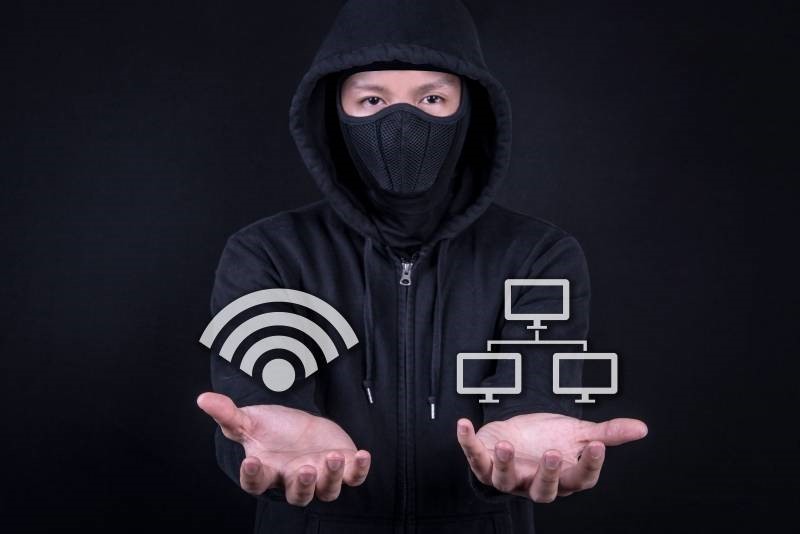
Welcome to Hackafe!
Blog
Working with Service Set Identifiers
I am sure that you have encountered the "SSID" acronym, the short form of "Service Set IDentifier", a natural language label that is used for a collection of wireless devices which operate using the same set of networking parameters.
Unlike BSSIDs - Basic Service Set IDentifiers - SSIDs can be customized, allowing the admins to give their wireless networks meaningful names. These names can utilize up to 32 characters and are case sensitive, so "BusinessNetwork01" and "businessnetwork01" can be used for two different wireless networks, without causing any conflicts. However, if two networks have the same name, the clients will either try to connect to the one that has a stronger signal, or to the first one that is detected, depending on the clients' settings.
It is true that the client will only be able to connect to the proper network (the one that will accept its password) but even if you choose the wrong network SSID from the list, you will still type in your correct password. Hackers utilize this tactic to their advantage by creating an "evil twin", a fraudulent access point that looks legitimate, but is actually set up with the sole purpose of stealing people's information.

Most cybercriminals activate bogus wireless access points that have the same SSIDs with the wireless networks in the area. Often, they will look exactly like the access points they're trying to replicate, so unsuspecting users will log in as usual, without realizing that they are handing out precious user names, passwords and even credit card information to hackers.
But I digress, so let's get back to our topic. Some special characters (space and underscore, for example) are reserved, so they can't be used for a SSID. If none of those 32 characters are used, the resulting network name is known as a "wildcards SSID" and can be used for special purposes (intrusion detection, etc.) because it matches all the existing SSIDs.
As a conclusion, specialists utilize Service Set Identifiers to refer to a wireless network's name, using a natural, English-like language. A coffee shop could use the "Joes Coffee" SSID, while an airport may use the "XYZ Airport" Service Set Identifier for its Wi-Fi hotspot. By knowing the correct SSID, people can connect to the desired wireless network.
Router and access point manufacturers will often deliver their products using predefined Wi-Fi networks names such as "Asus04", "Netgear-007", and so on. It is recommended to change the default SSIDs; don't make them too descriptive, though. Don't ever use your company's name or its addresses as a SSID, for example; always choose a common wireless network name such as "John45".
To change the SSID, log into your router's admin panel, and then access the "Wi-Fi" or "Wireless" section. The user name is often "admin", but if you have lost the router admin password, you can reset it by pushing a tiny switch that is accessible on the front or back panel of your router.
It is important to understand that open networks, which aren't protected by a password, can be accessed by anyone who knows their SSID. However, most networks are protected using the WPA2 encryption protocol these days. It is true that WPA2 has its problems, but fortunately the new WPA3 protocol, which has already been validated by Wi-Fi Alliance, will fix all these security-related issues.
Should you hide your SSID? Some tech gurus consider that by doing this you'll make the hackers' job harder. The sad reality is that with a bit of extra effort, cyber criminals will still be able to determine the name of your network. So, do yourself a favor and keep the SSID visible; by doing this, you will significantly increase wireless data transfer speeds. On the other hand, if you are interested in boosting your network's security, it is much better to turn off the Wi-Fi component of your router when you aren't using the wireless network, for example.